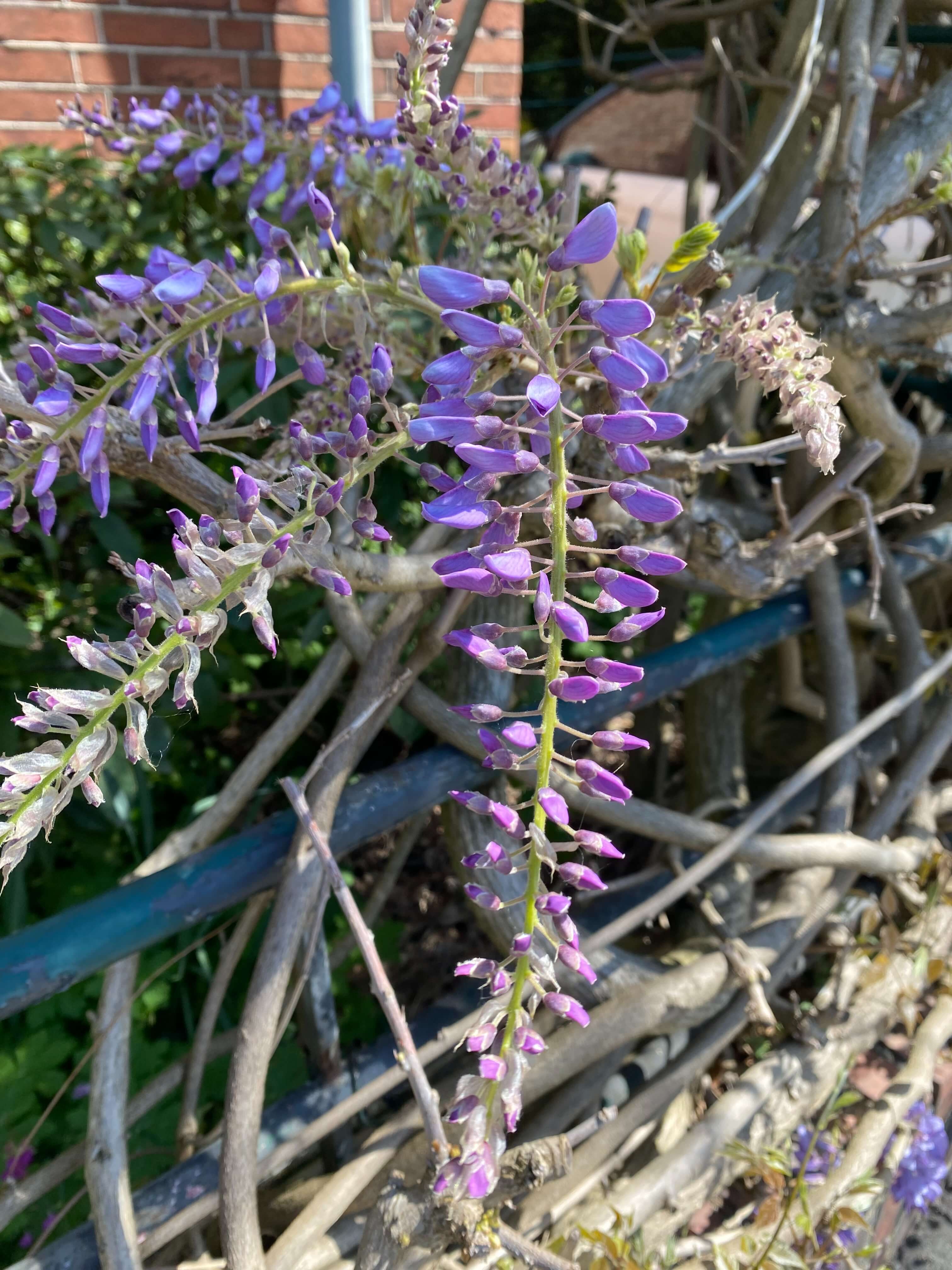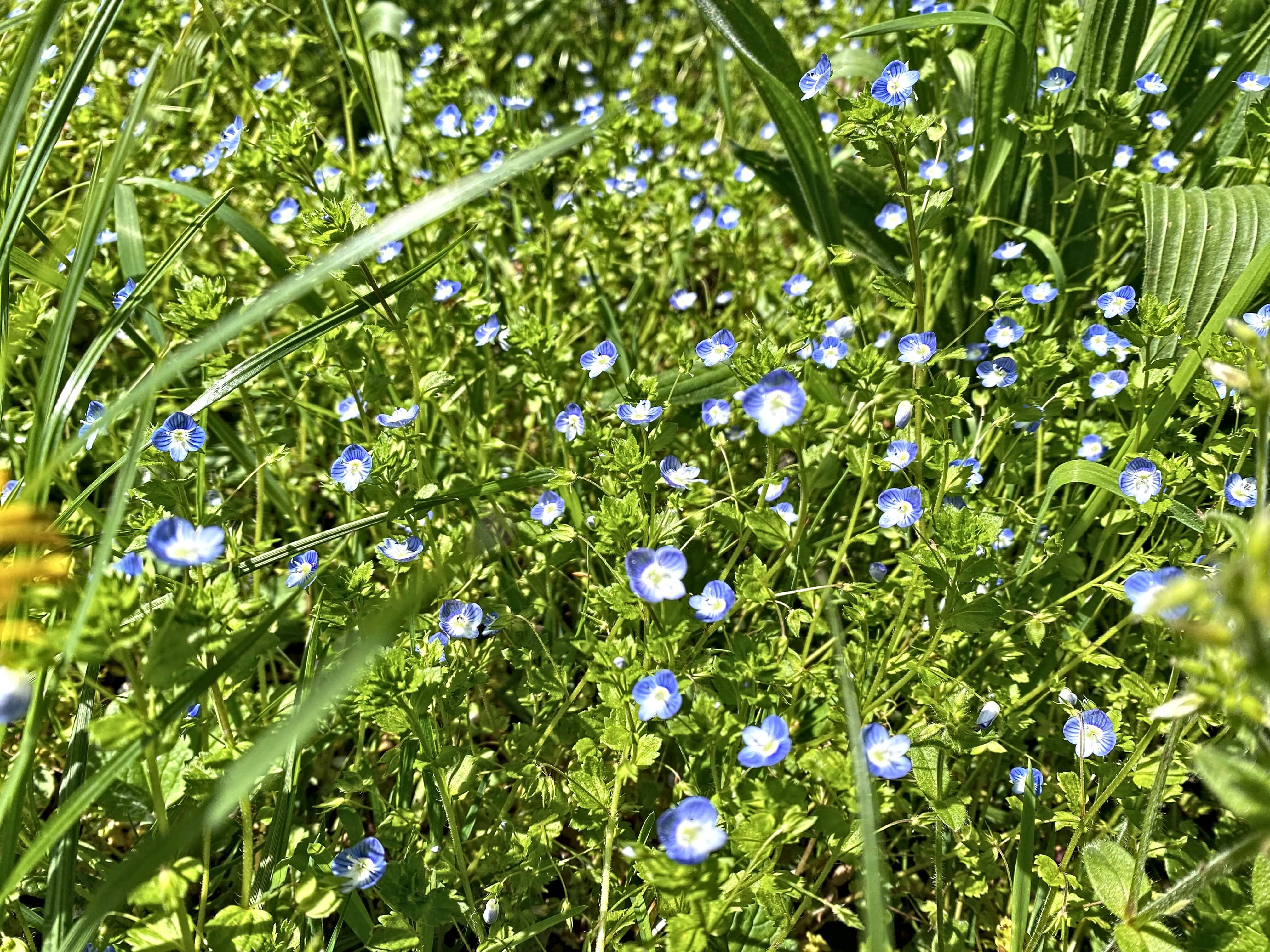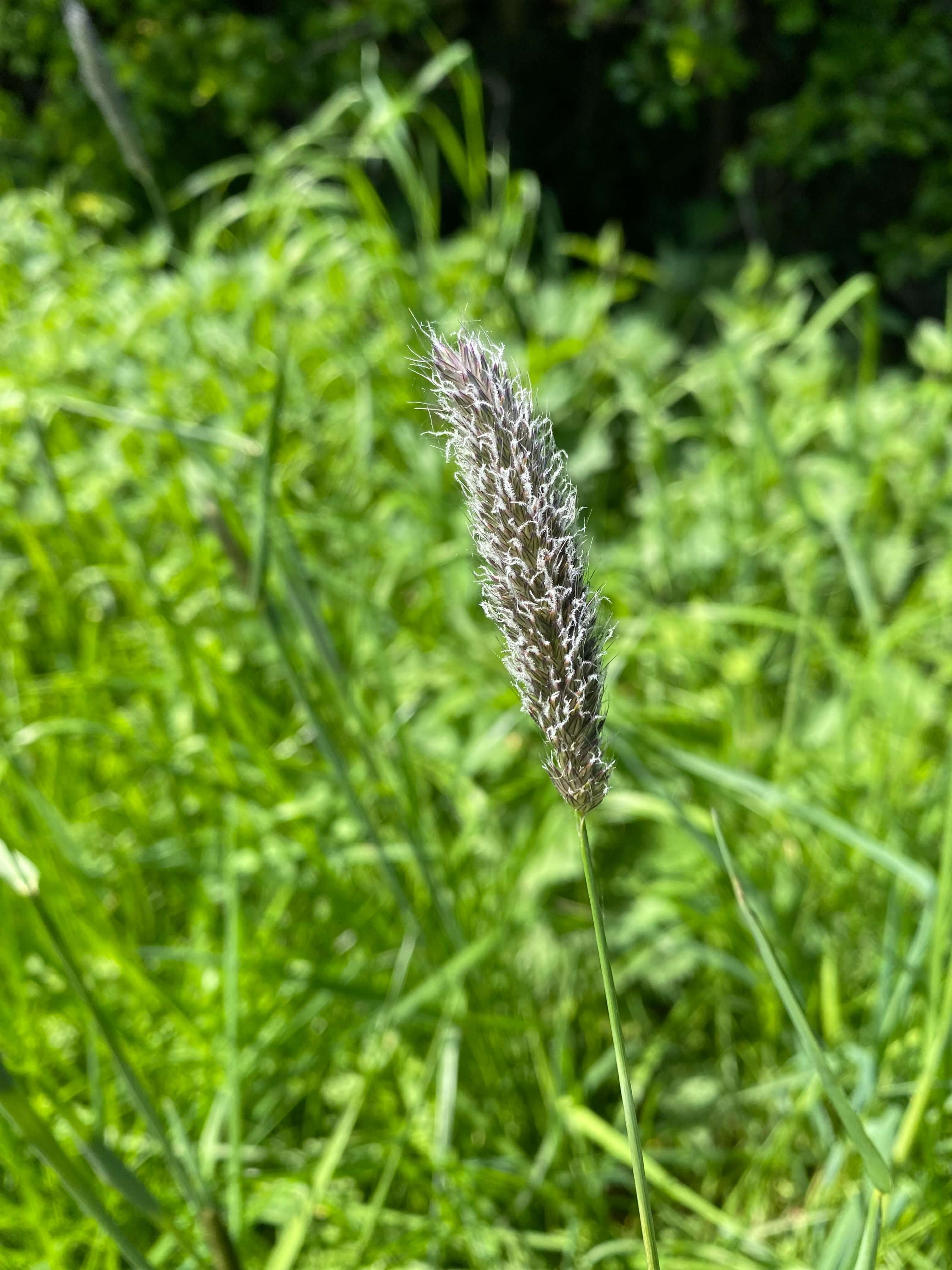
Reeve’s Spiraea, the beautiful bridal wreath, attracts pollinators and adds a stunning touch to any garden.
Photo by Liz Pullan Pattathy on Unsplash

Reeve’s Spiraea, the beautiful bridal wreath, attracts pollinators and adds a stunning touch to any garden.
Photo by Liz Pullan Pattathy on Unsplash

Did you know that Rhododendron plants are not just pretty to look at, but also deadly? That’s right, this seemingly innocent plant contains a toxin called grayanotoxin that can make you feel like you’re on a bad acid trip if you eat it. And if you’re a bee looking to sip some nectar from Rhododendron flowers, beware! You could end up feeling buzzed in all the wrong ways. But hey, at least the plant still makes for a great decoration…just maybe don’t try to eat it.
Photo by Liz Pullan Pattathy on Unsplash

Beautiful flowers but the plant is among the worst 100 invading species.
Photo by Liz Pullan Pattathy on Unsplash

Persian Speedwell (Veronica persica) is a small, blue-flowered herbaceous plant native to Eurasia. Here’s an interesting fact about this plant:
Persian Speedwell has been used for medicinal purposes for centuries. It was traditionally used as a remedy for coughs, colds, and respiratory infections, as well as for digestive problems and skin conditions. Modern research has shown that Persian Speedwell contains compounds with anti-inflammatory and antioxidant properties, which may explain some of its traditional uses in natural medicine. Additionally, the plant has been used as a natural dye, producing a blue pigment that has been used to color textiles.
Photo by Liz Pullan Pattathy on Unsplash

Alopecurus pratensis, or meadow foxtail, is a versatile grass species native to Europe, Asia, and North Africa that grows well in various habitats. It is highly nutritious, making it a popular forage for livestock, and also used as turfgrass. The plant has greenish flowers arranged in dense spikes above its foliage. It is known for its use in traditional medicine due to its bioactive compounds with anti-inflammatory and antimicrobial properties. It is considered invasive in some regions due to its ability to outcompete native vegetation. The wind-pollinated plant’s seeds attach to animals, clothing, or machinery, aiding in their dispersal.
Photo by Liz Pullan Pattathy on Unsplash